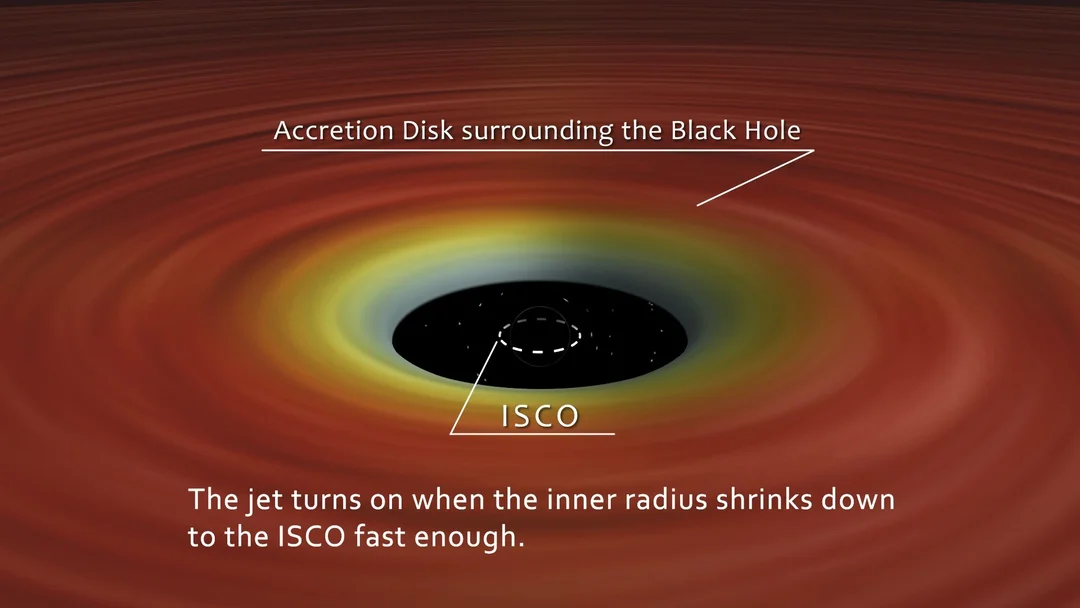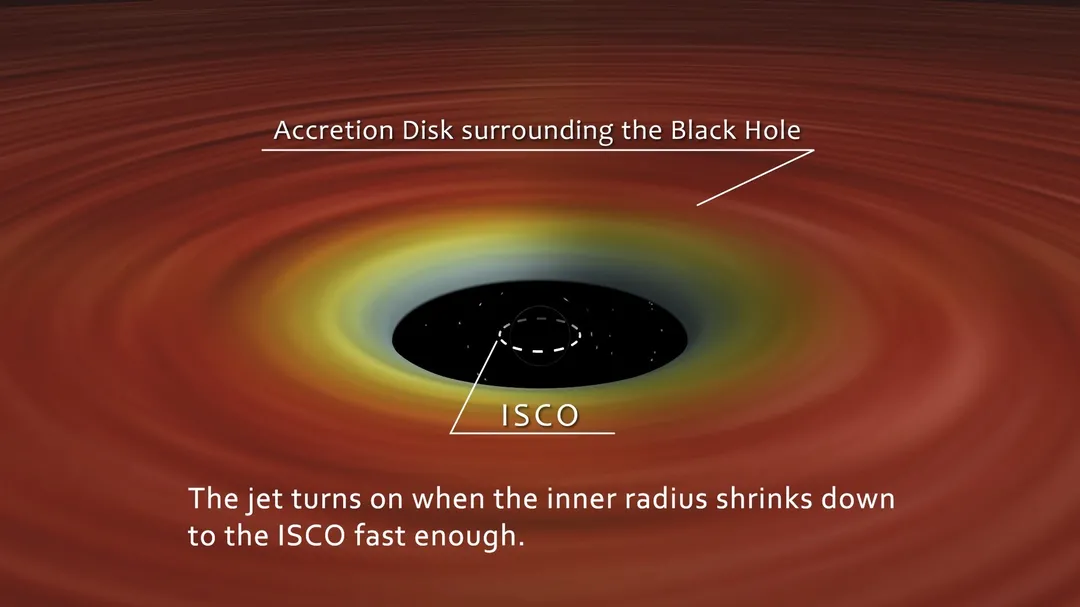
NASA’s IXPE Mission Unlocks the Secrets of X-Ray Emissions in Black Hole Jets
In a groundbreaking discovery, NASA's Imaging X-ray Polarimetry Explorer (IXPE) has shed light on the origins of X-ray emissions emanating from the powerful jets of supermassive black holes. This pivotal research, highlighted in a recent study available on arXiv, resolves a long-standing debate about the mechanisms behind these high-energy phenomena. The findings indicate that electrons, rather than protons, are responsible for producing the X-rays in these extreme cosmic environments.
For years, scientists have grappled with the mystery of X-ray generation within the jets of supermassive black holes, regions characterized by intense radiation. The blazar BL Lacertae presented a valuable opportunity to probe this enigma. Two primary hypotheses have been in contention: the first positing that protons generate X-rays, and the second suggesting that electrons are the key players. These mechanisms would result in distinct polarization patterns in the emitted light, providing clues for identification.
"This was one of the biggest mysteries about supermassive black hole jets," explained Iván Agudo, lead author of the study, "and IXPE, with the help of a number of supporting ground-based telescopes, finally provided us with the tools to solve it."
IXPE's unique ability to measure X-ray polarization enabled scientists to observe the intricate interactions between electrons and photons. This confirmed that Compton Scattering—the process by which electrons interact with photons—is the driving force behind X-ray emission in these jets.
In November 2023, IXPE meticulously observed BL Lacertae for seven days, coordinating with radio and optical telescopes around the globe. During this period, optical polarization reached a remarkable 47.5%, the highest recorded in three decades. Conversely, the X-rays exhibited significantly lower polarization, peaking at a mere 7.6%. This stark contrast in polarization levels provided compelling evidence that electron-photon interactions, specifically via Compton Scattering, were indeed responsible for the observed X-ray emissions.
Steven Ehlert, project scientist for IXPE, emphasized the significance of this discovery, stating, "The fact that optical polarization was so much higher than in the X-rays can only be explained by Compton scattering."
Complementing IXPE's findings, a separate Japanese study has further elucidated the dynamics of matter ejection from black holes. The research, led by Professor Kazutaka Yamaoka and published in Publications of the Astronomical Society of Japan, reveals that plasma jets erupt when the accretion disk surrounding a stellar black hole undergoes rapid contraction. When the inner edge of the gas disk swiftly approaches the innermost stable circular orbit (ISCO), a burst of plasma is violently ejected. This process continues until the disk’s inner edge stabilizes.

These jets, observed for over a century, had remained largely mysterious. By analyzing X-ray and radio data from a binary system comprised of a black hole and a Sun-like star, the team found that jets appear specifically when the disk's inner radius reaches the ISCO, contradicting theoretical models that assume static conditions.
Understanding these jets is crucial, as they significantly influence star formation and energy distribution throughout the Universe. The implications extend to future studies of supermassive black holes, where similar mechanisms might be at play, albeit on vastly different scales.
The IXPE mission and related research efforts are revolutionizing our comprehension of black holes and their energetic emissions. By pinpointing the role of electrons in X-ray production and connecting jet eruptions to accretion disk dynamics, these studies provide profound insights into the workings of these cosmic giants. With IXPE continuing its mission, future observations promise to unveil even more secrets of the universe.
What other mysteries of black holes might IXPE help unravel in the future? Share your thoughts and predictions in the comments below!